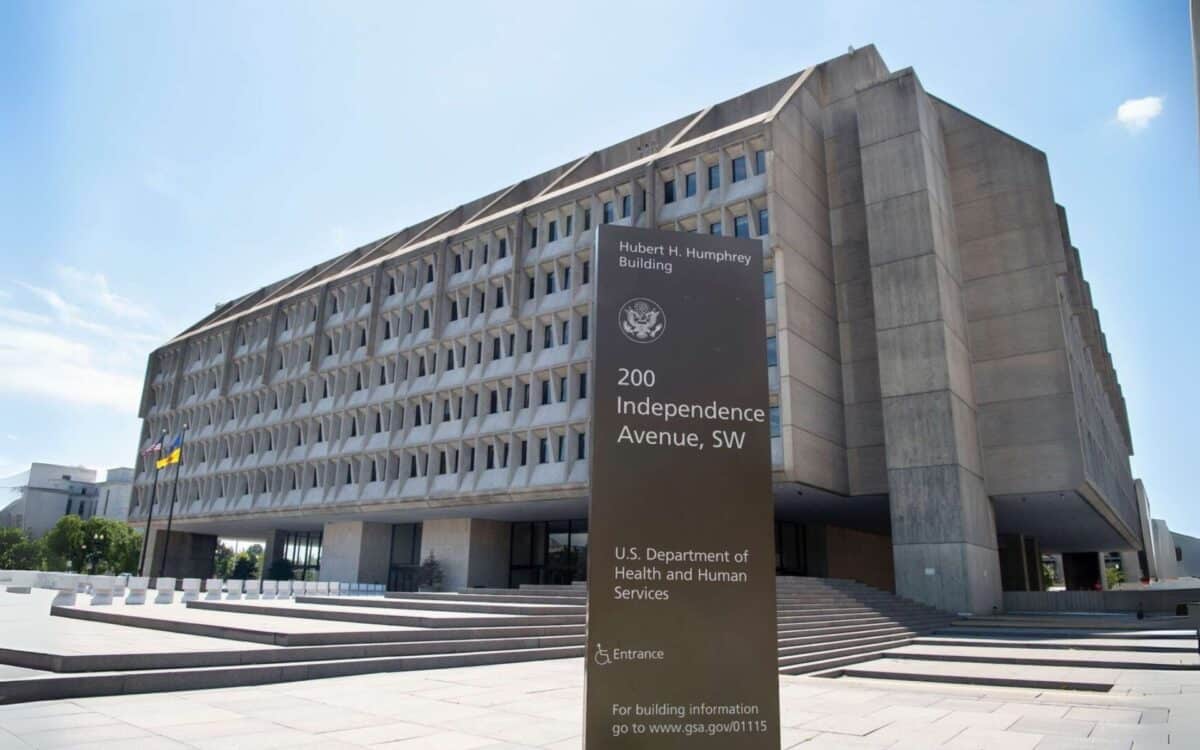The U.S. federal government is set to reduce its real estate footprint by divesting key properties, including the headquarters of the Department of Health and Human Services (HHS) and the Centers for Medicare & Medicaid Services (CMS).
This move, part of broader federal efforts to streamline operations, aims to lower costs and optimize property use. According to FierceHealthcare, the General Services Administration (GSA) has identified a list of non-essential properties for potential sale, which includes major HHS and CMS buildings.
The government estimates that these measures could save taxpayers over $430 million annually, marking a significant shift in how federal assets are managed.
HHS Consolidates Offices in Effort to Cut Costs
In a parallel move, HHS has announced a significant consolidation of its Office of the General Counsel (OGC) operations, closing six out of its ten regional offices. The remaining offices will be based in Atlanta, Denver, Kansas City, and Philadelphia.
These offices oversee the enforcement of healthcare regulations across 27 states and five territories. The closures, which will impact offices in Boston, New York, Chicago, Dallas, San Francisco, and Seattle, are expected to reduce operating costs while maintaining
The same geographic support for regional HHS offices at lower operating costs.
The Impact of the Closures and Lease Terminations
These closures and the divestment of federal properties are part of the government’s ongoing effort to streamline operations and reduce expenses.
The GSA’s list of non-core properties, which includes the iconic Hubert Humphrey Building and CMS headquarters in Maryland, signals a shift towards downsizing the federal real estate footprint.
However, the government has been careful to clarify that listing a property does not necessarily mean it is immediately up for sale. A GSA spokesperson explained,
Since publishing the initial list, we have received an overwhelming amount of interest. We anticipate the list will be republished in the near future after we evaluate this initial input and determine how we can make it easier for stakeholders to understand the nuances of the assets listed.
The spokesperson added,
To be clear, just because an asset is on the list doesn’t mean it’s immediately for sale. However, we will consider compelling offers (in accordance with applicable laws and regulations) and do what’s best for the needs of the federal government and taxpayer.
The federal government has also acknowledged that decades of underfunding have made many of these buildings obsolete.
“Decades of funding deficiencies have resulted in many of these buildings becoming functionally obsolete and unsuitable for use by our federal workforce,” the agency stated. “We can no longer hope that funding will emerge to resolve these longstanding issues. GSA’s decisive action to dispose of non-core assets leverages the private sector, drives improvements for our agency customers, and best serves local communities.”
Government’s Drive for Efficiency
The government’s push for greater efficiency has sparked concern among some lawmakers. Senator Ron Wyden (D-Oregon) voiced strong opposition to the sale of federal assets, stating: “Given Donald Trump’s checkered legacy in the private sector of multiple bankruptcies and real estate deals gone awry, forgive me if I’m more than a little skeptical when that dubious record gets applied to the public sector.”
“I’m nowhere near convinced this fire sale of federal assets throughout Oregon is in the best interest of U.S. taxpayers who paid for these facilities. Or for all Oregonians who depend on them for a reliable power grid, a functional court system, constituent services, and more.”
These comments highlight the broader political and public concerns surrounding the sale of federal properties and the potential impact on local services and communities.









